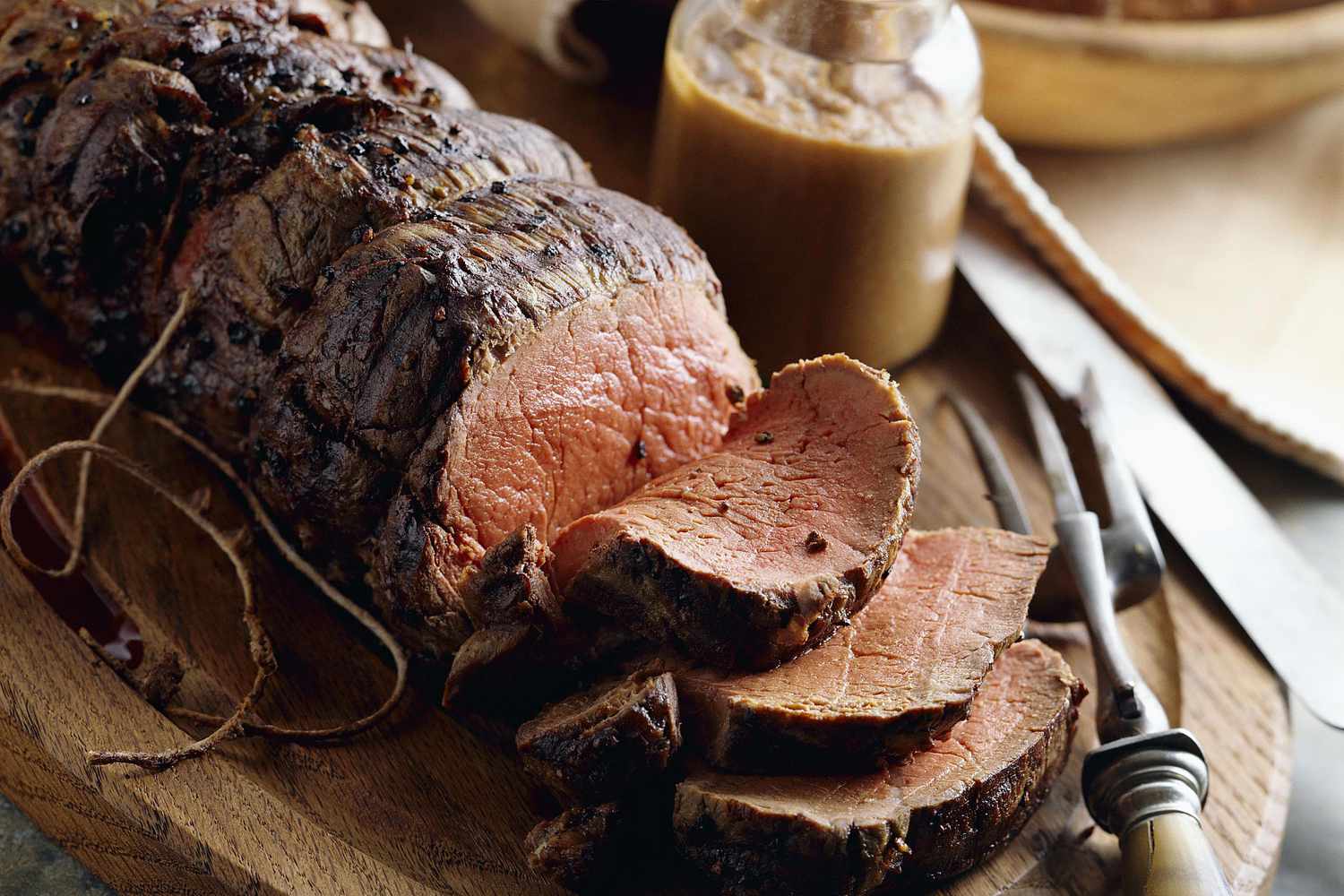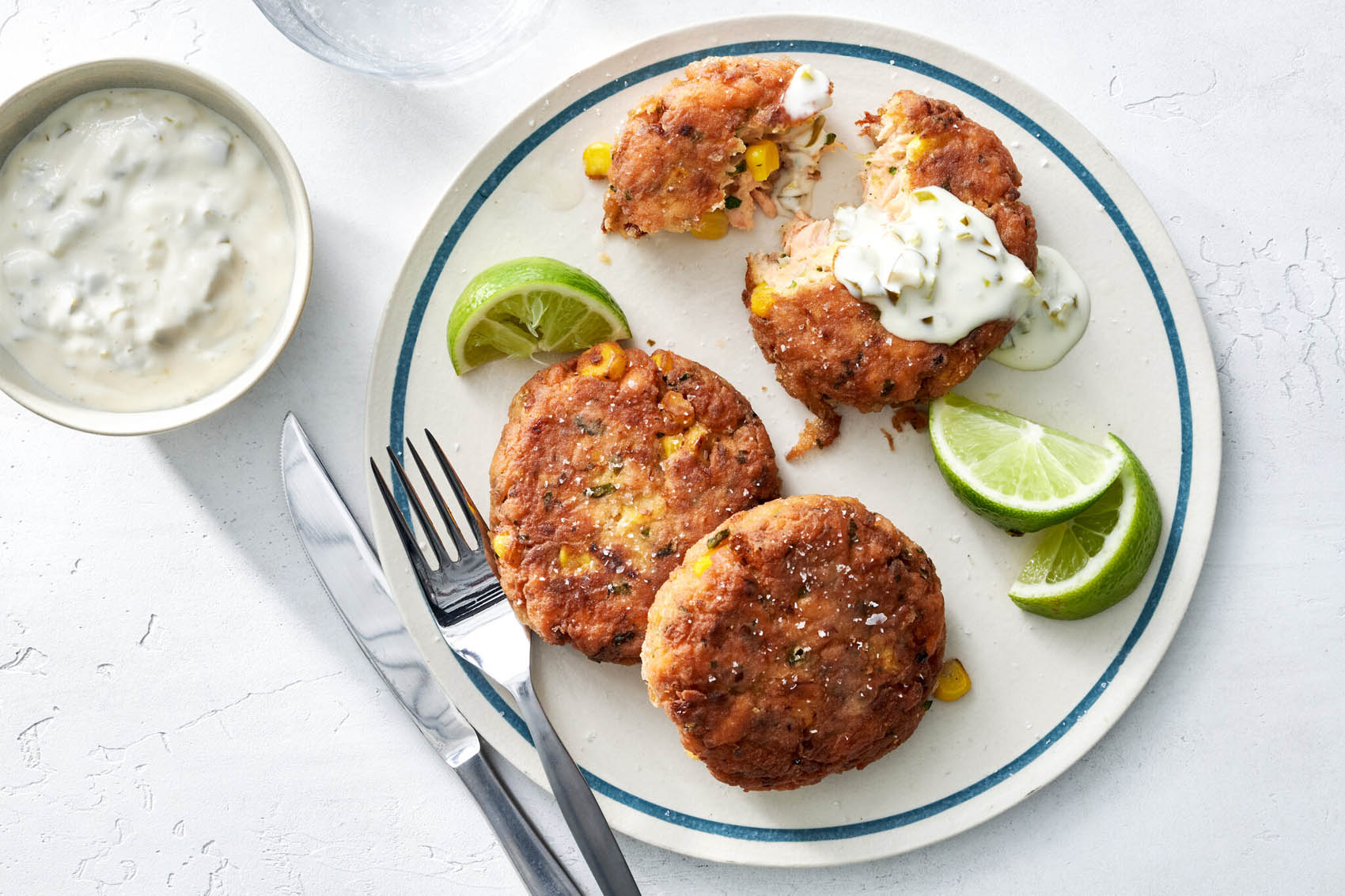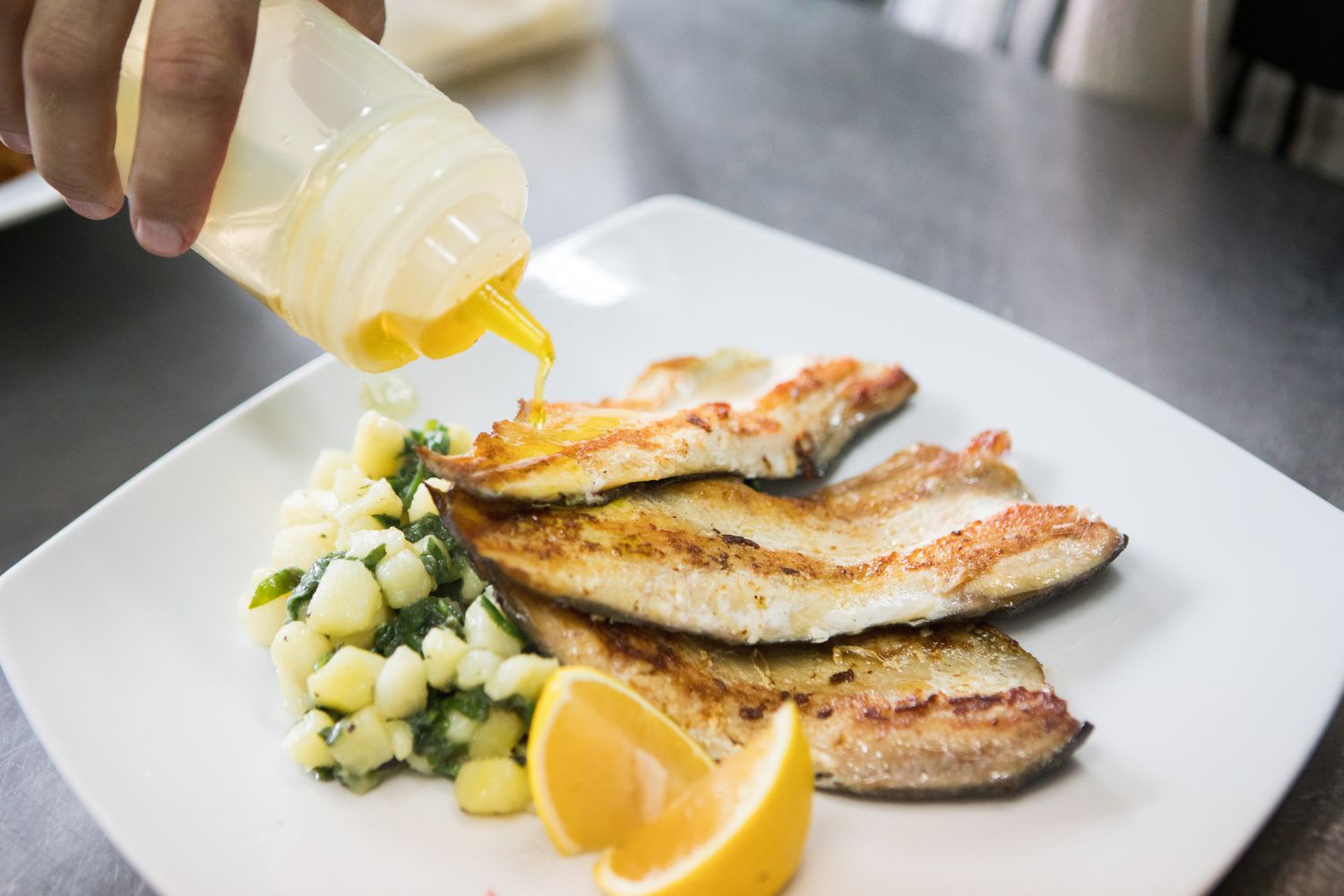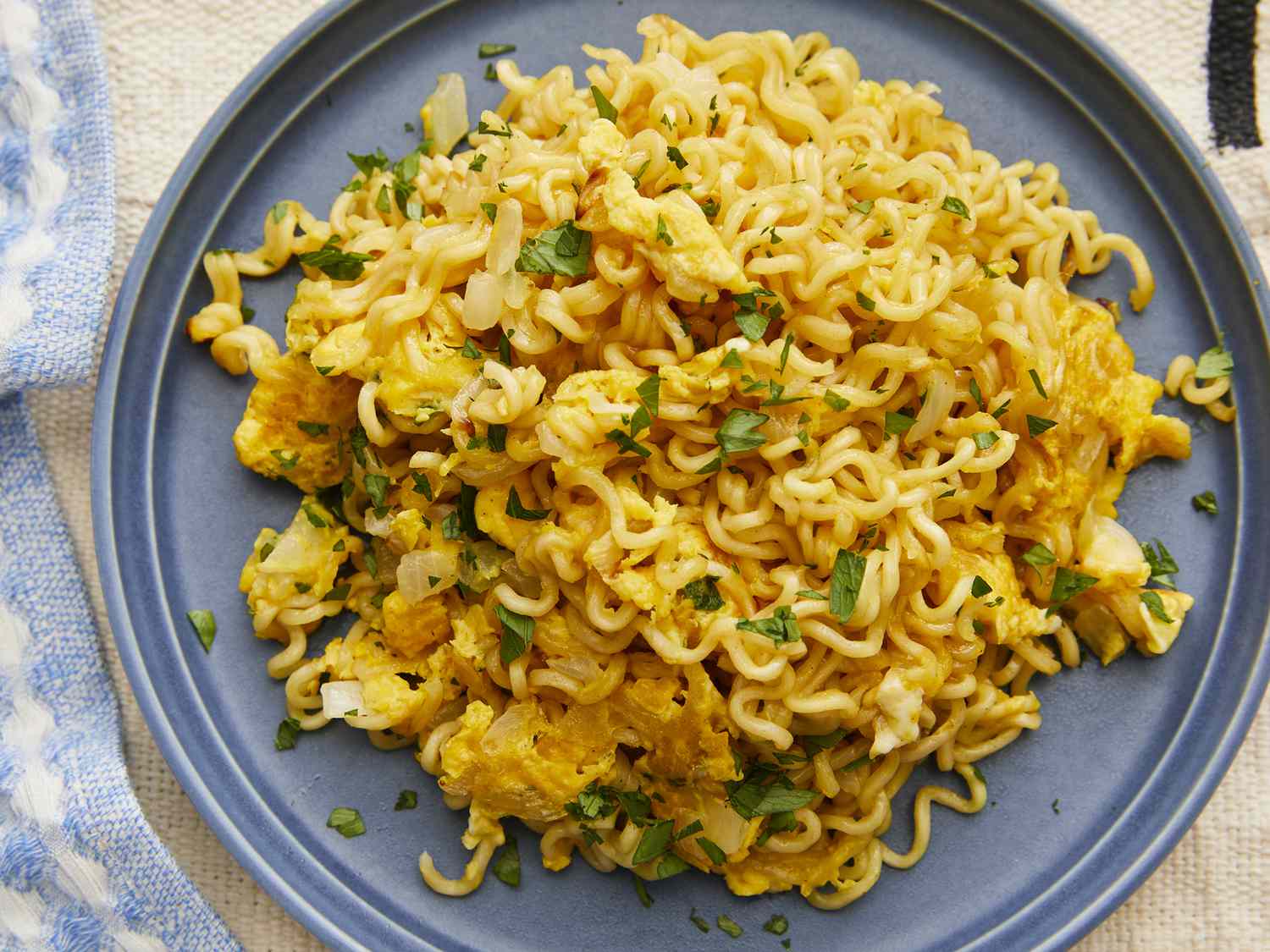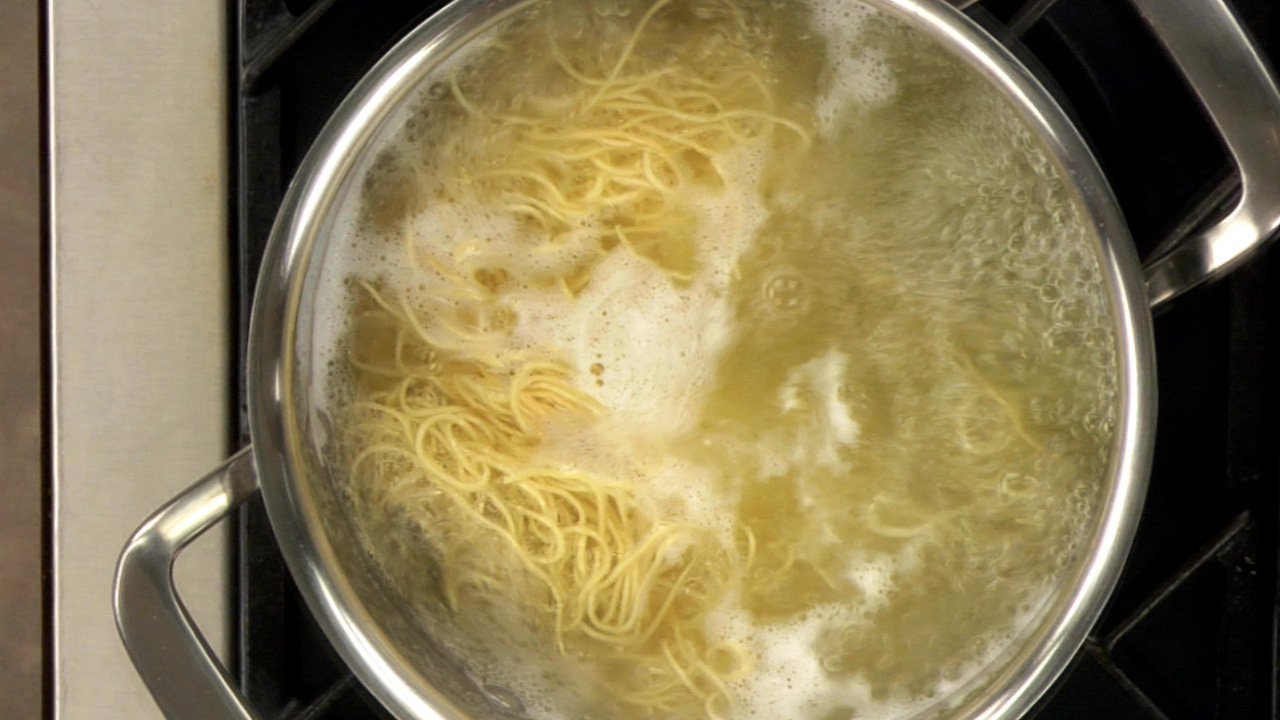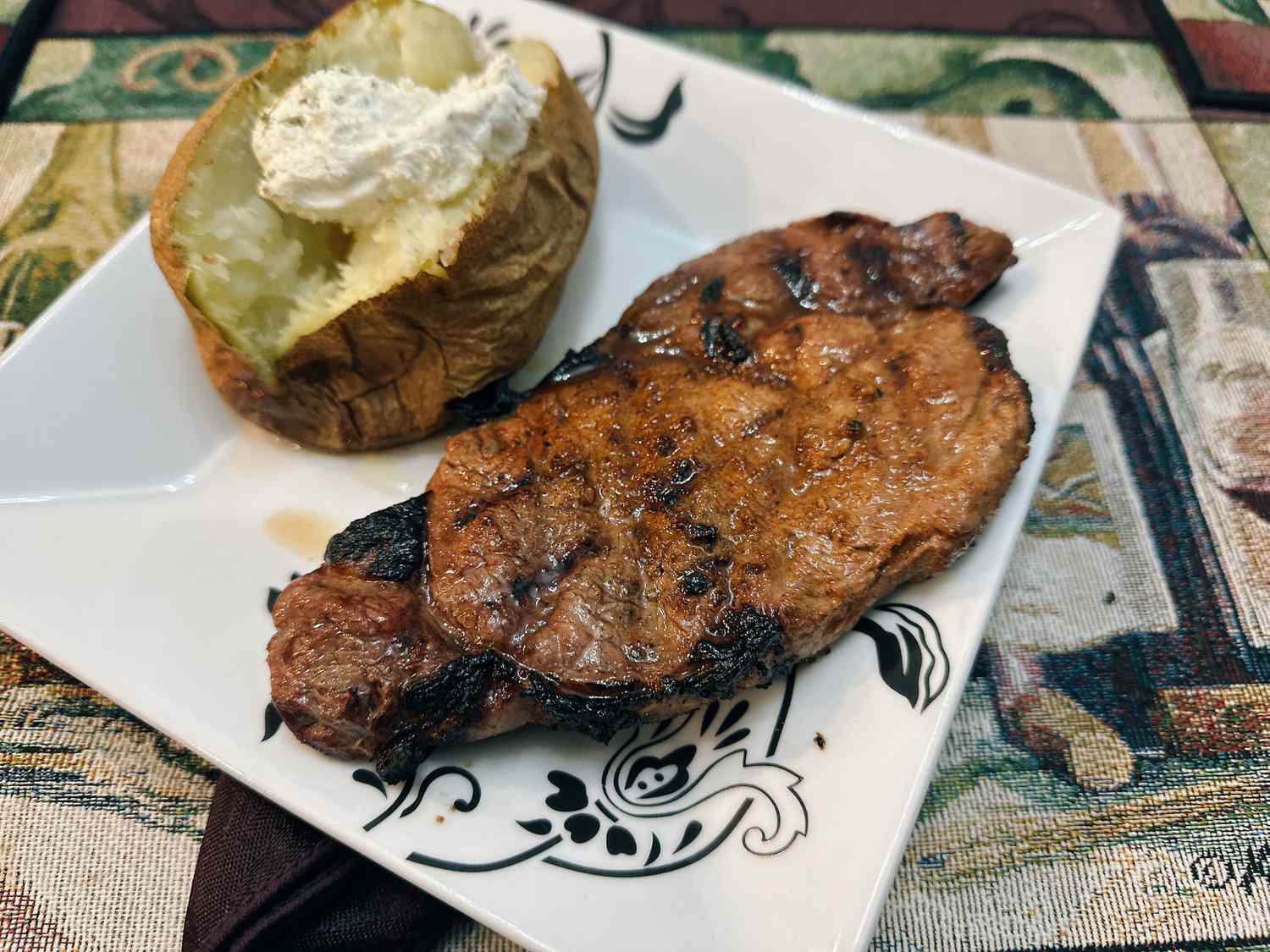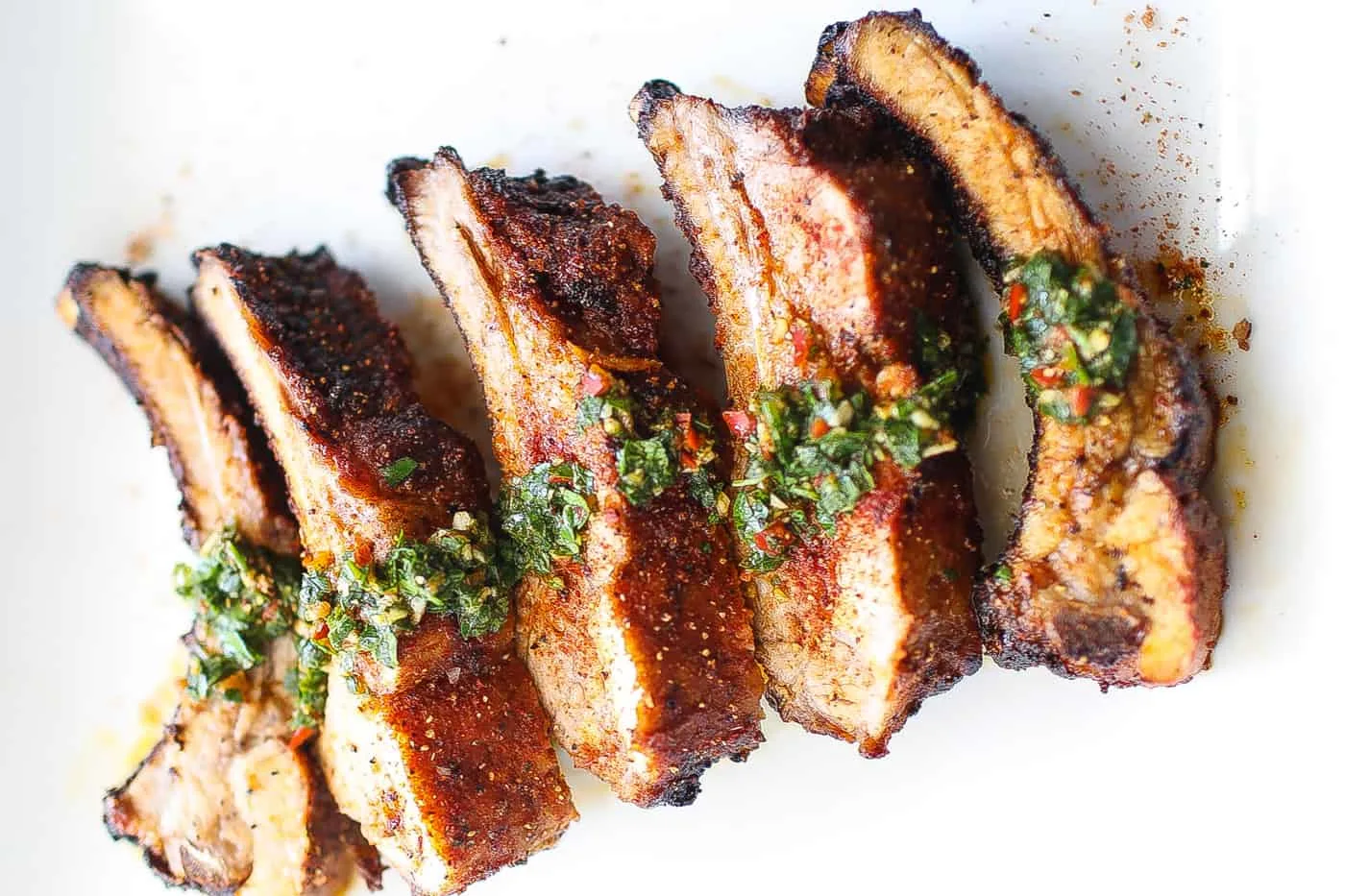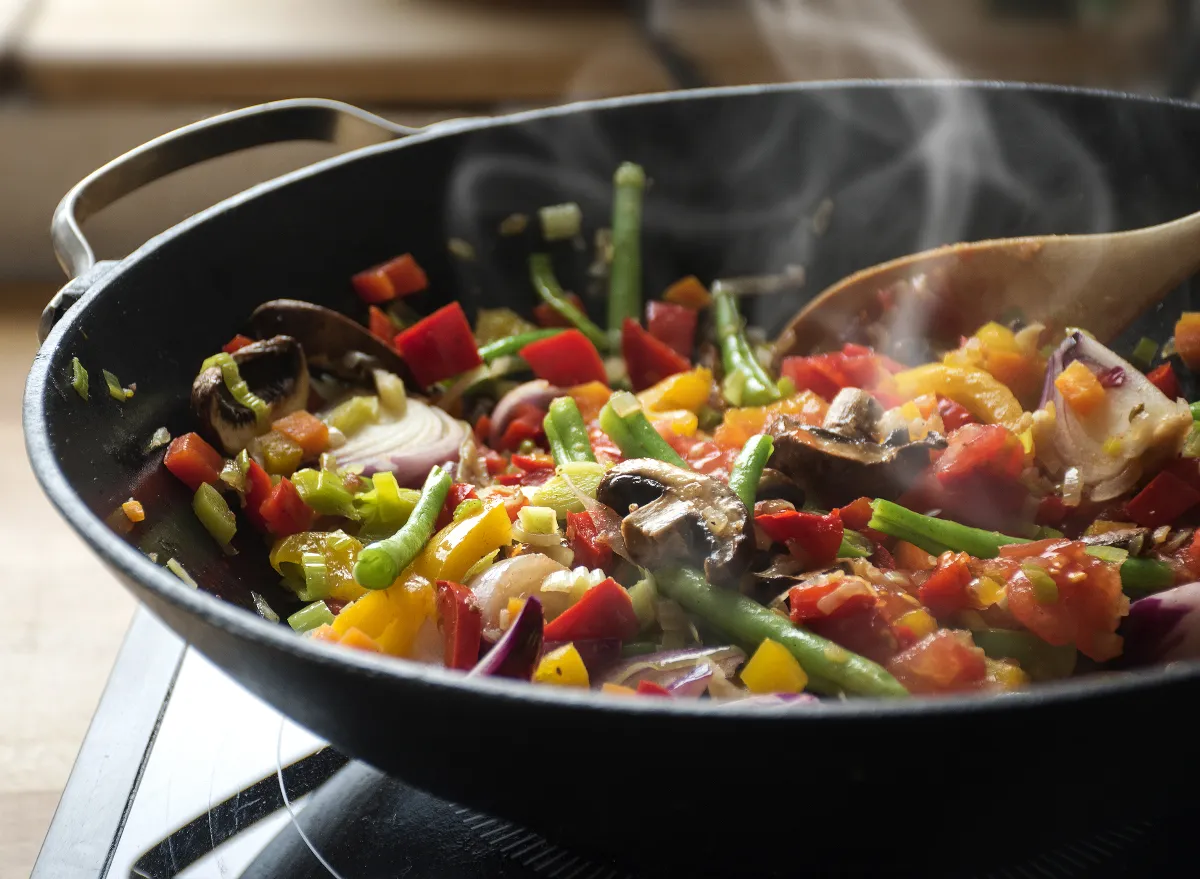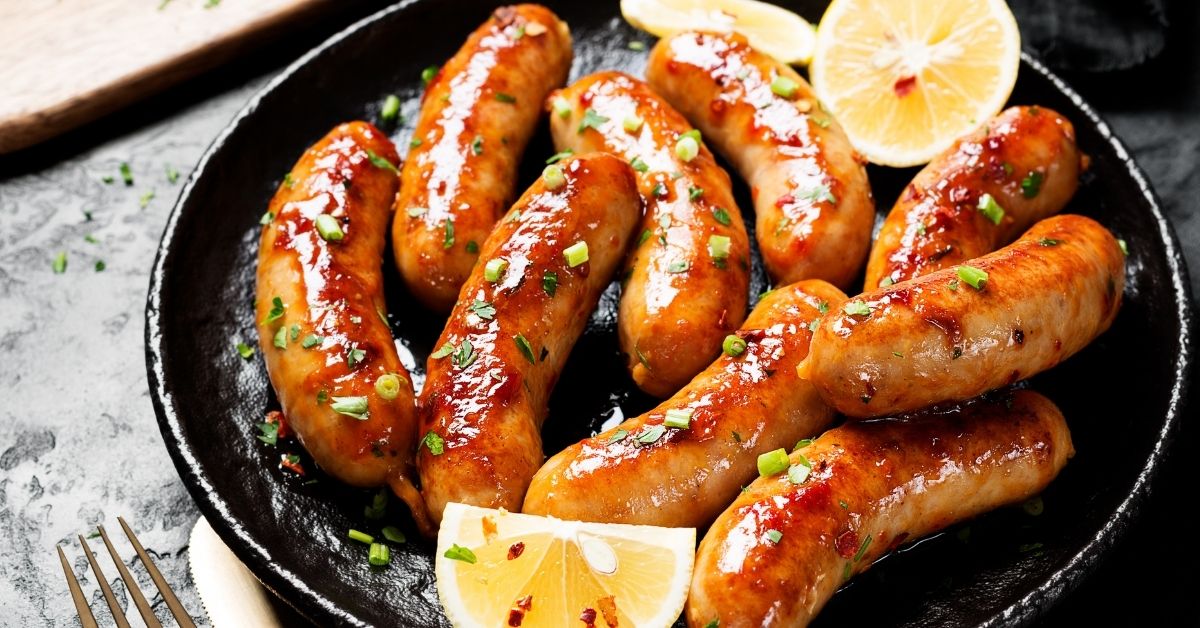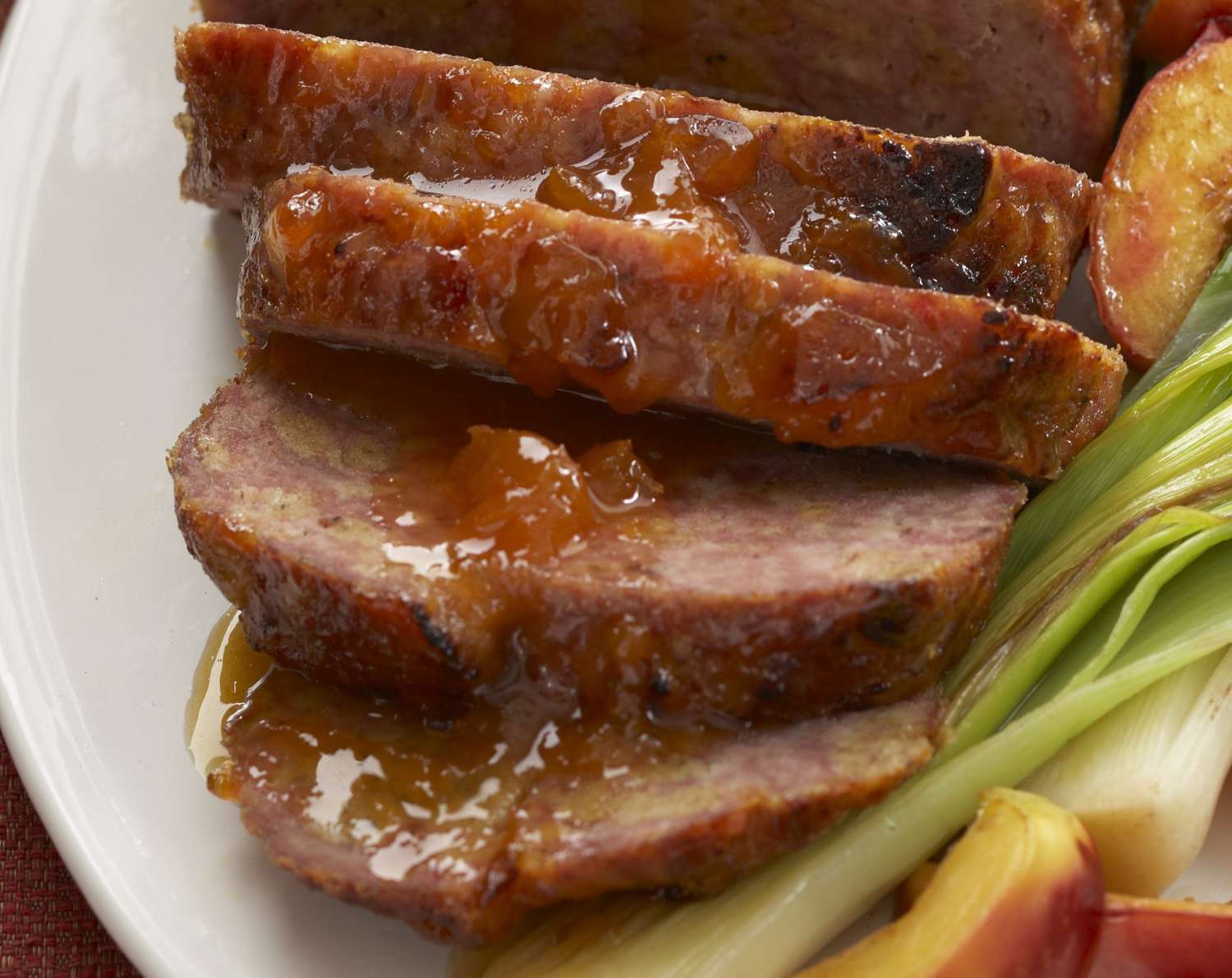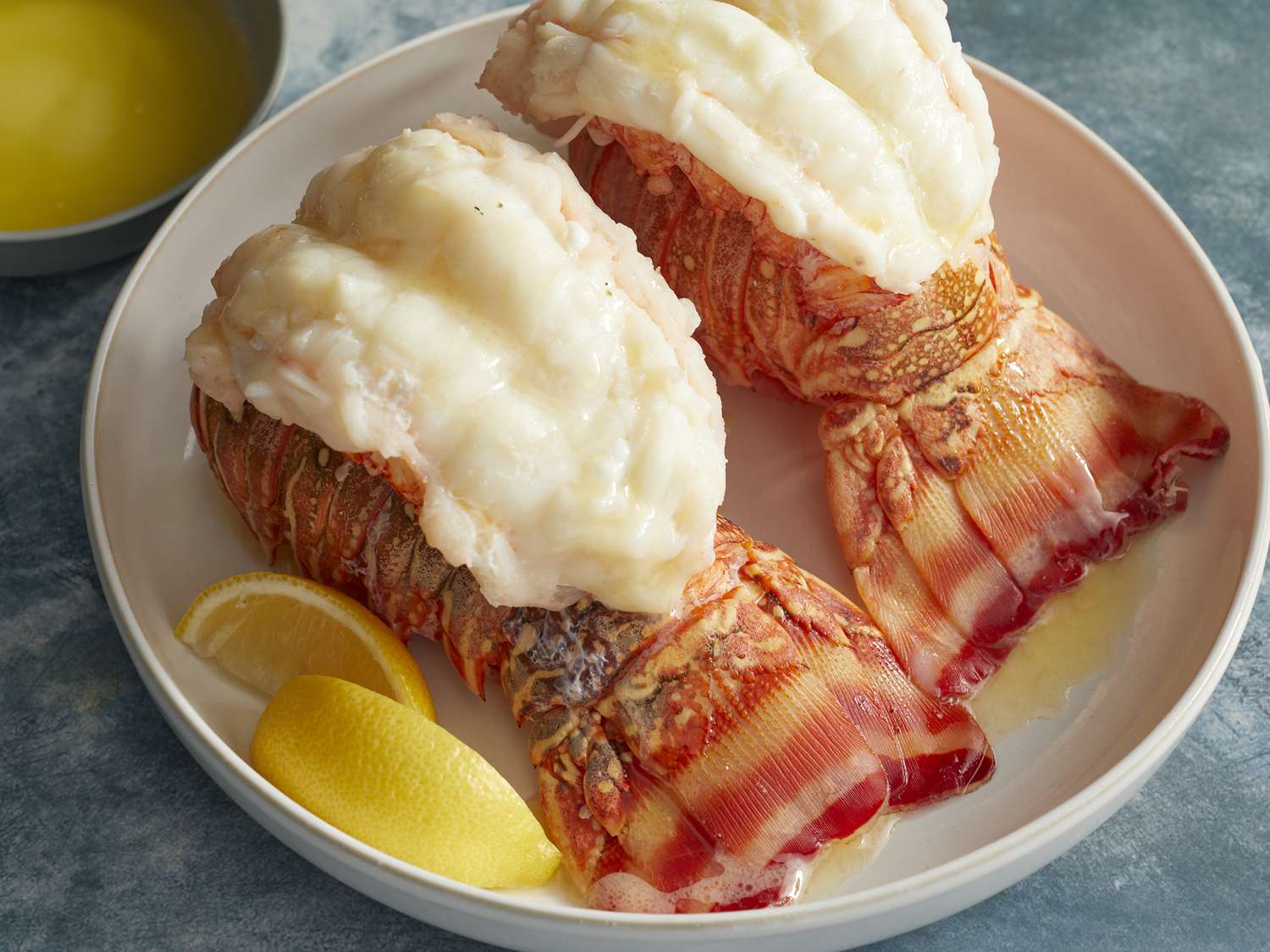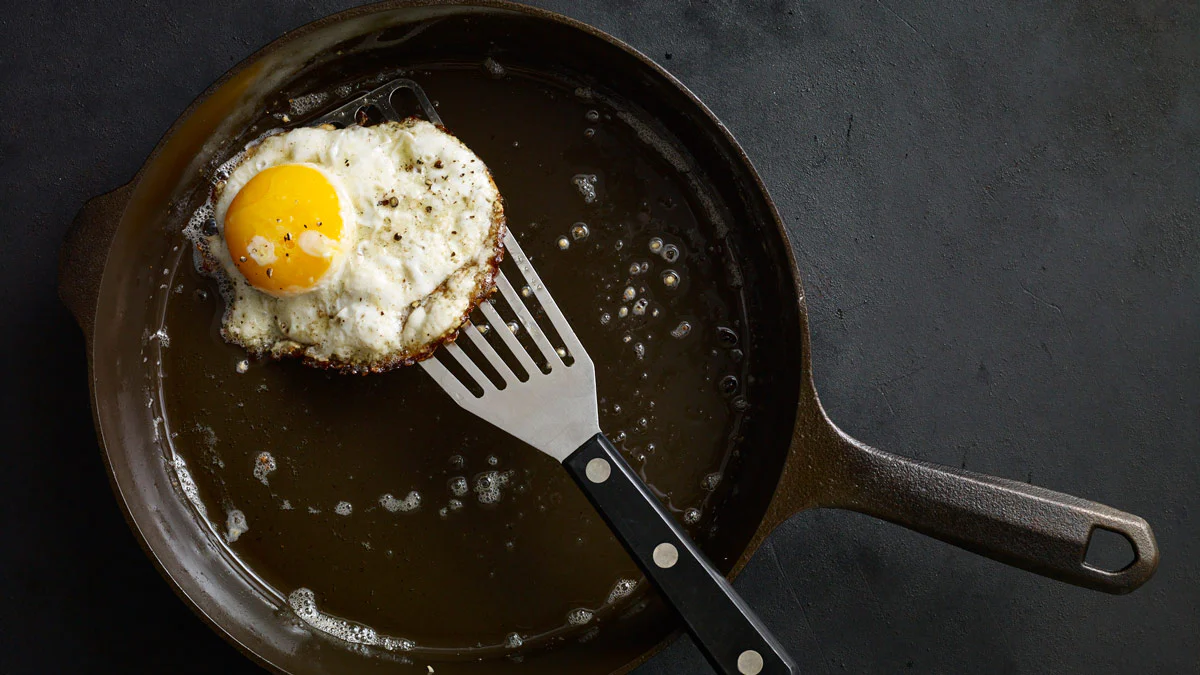Mastering the Art of Cooking the Perfect Prime Rib Boneless
Prime rib boneless is a true delight for meat lovers, offering delicious and tender bites. While cooking this culinary masterpiece might sound intimidating, with the right techniques and a touch of expertise, you’ll be able to serve a mouthwatering prime rib boneless that will have everyone coming back for seconds. Here, we’ll guide you through the step-by-step process to achieve perfection every time.
1. Choosing the Perfect Cut
When it comes to prime rib boneless, selecting the right cut is crucial. Look for a well-marbled piece of meat with a good layer of fat on the outside. This fat will render during cooking, adding flavor and keeping the meat moist throughout the process.
2. Preparing the Meat
Before cooking your prime rib boneless, it’s important to prepare the meat properly to enhance its flavor and tenderness. Follow these steps:
- Remove the prime rib boneless from the refrigerator about an hour before cooking. This allows it to come to room temperature, ensuring even cooking.
- Pat the meat dry with paper towels to remove any excess moisture. This helps to achieve a nice sear on the outside.
- Season the prime rib boneless generously with kosher salt and freshly ground black pepper. You can also add herbs and spices of your choice for additional flavor.
3. Preparing the Oven
Preheating the oven properly is essential for evenly cooking the prime rib boneless. Follow the temperature and timing guidelines below:
- Preheat your oven to 450°F (230°C).
- Place a roasting rack inside a roasting pan to elevate the meat and allow airflow.
- Set the prime rib boneless on the rack with the fatty side up.
4. Roasting the Prime Rib Boneless
Roasting the prime rib boneless requires a combination of high heat and a lower cooking temperature to achieve that coveted medium-rare to medium doneness. Follow these steps:
- Place the roasting pan with the prime rib boneless in the preheated oven.
- Roast at 450°F (230°C) for 15 minutes to sear the outside and lock in the juices.
- Reduce the oven temperature to 325°F (165°C) and continue roasting for approximately 15 minutes per pound for medium-rare doneness.
- Use a meat thermometer to ensure the internal temperature reaches 135°F (57°C) for medium-rare or 145°F (63°C) for medium.
5. Resting and Carving
Allowing the prime rib boneless to rest after roasting is crucial for succulent results. Follow these final steps:
- Remove the prime rib boneless from the oven and loosely tent it with aluminum foil.
- Let the meat rest for at least 15 minutes to allow the juices to redistribute.
- When ready to serve, carefully carve thin slices against the grain to ensure tenderness.
Now you have the knowledge and skills to cook the perfect prime rib boneless. With practice, you’ll become a master at preparing this crowd-pleasing dish that will impress your family and guests alike. So, tie on your apron and get ready to enjoy a flavorful and tender prime rib boneless that will undoubtedly be the highlight of your next gathering.
Was this page helpful?
Read Next: How To Cook Tofu Soup
